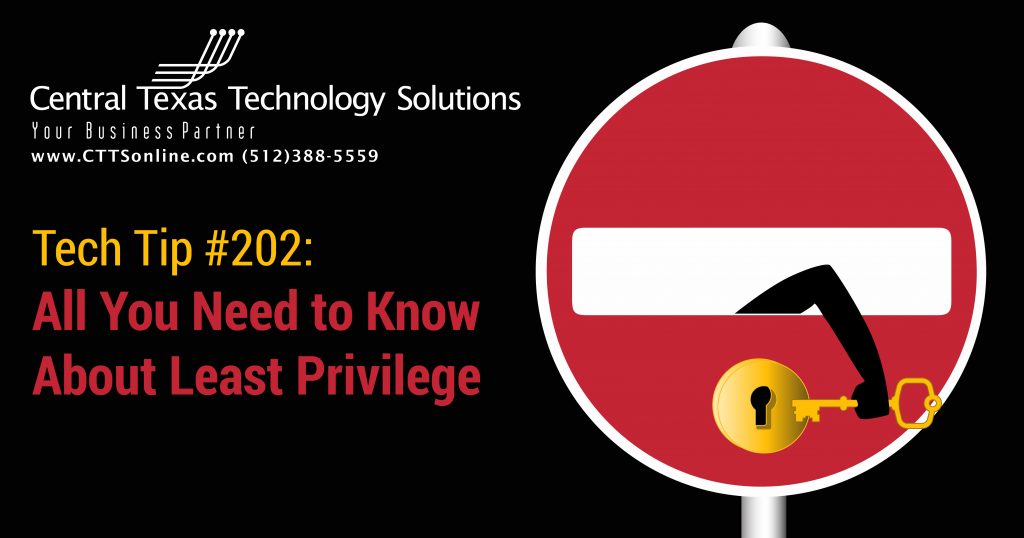 Did you know that two of the most infamous data breaches on record, namely the ones at Home Depot and Target, occurred due to a compromise of their network credentials? In both the cases, hackers used privileged accounts to access critical business data and private customer records.
Did you know that two of the most infamous data breaches on record, namely the ones at Home Depot and Target, occurred due to a compromise of their network credentials? In both the cases, hackers used privileged accounts to access critical business data and private customer records.
In IT, the principle of least privilege (PoLP) refers to the concept that any process, program or user must be provided with only the bare minimum privileges (access or permissions) needed to perform a function. So, if a user account has been created for accessing database records, should that user also have admin rights? Here is all you need to know about the concept of least privilege:
Managing Access Levels
In some cases, the assignment of privileges is done on role-based attributes such as the business unit, time of day, seniority and other special circumstances. Some examples of role-based privileges include:
- Least privileged user accounts — These are standard user accounts that operate with a limited set of privileges. Most of your users should be operating under these accounts.
- Superuser accounts — These are essentially admin accounts that are used by specialized IT users and often come with unlimited privileges. In addition to the read/write/execute privileges, these accounts have the permission to execute systemic changes in your IT network.
- Guest user accounts — These accounts are created on a situational basis and often have the least number of privileges — lower than those of the standard user accounts.
What is a "Zero-Trust Framework"?
According to PoLP, organizations should avoid blindly trusting anything within or outside their network and verifying everything before granting permissions for access. There are certain best practices that you must follow to efficiently implement PoLP in your security policies:
- Conduct a privilege audit for all your existing programs, processes and user accounts to make sure that they have only the bare minimum permissions required to do their jobs.
- Start all your user accounts with privileges set to the lowest possible level. Implement least privilege as the default for all your existing as well as new user accounts, applications and systems.
- Keep track of all the activity on your network including access requests, systems changes and individual logins. Having a comprehensive understanding of who is operating on your network is critical to maintaining control over who can access what.
- Maintain a Security Awareness Training regimen and monitoring management platform that allows flexibility to securely elevate and downgrade privileged credentials.
- Conduct regular audits to check if there are any old accounts, users or processes that have accumulated privileges over time and analyze whether or not the elevated privileges are still relevant.
For any organization, data is a valuable asset that needs to be protected at all costs. Contact us now to see how you can implement and leverage the powerful capabilities of PoLP : (512) 388-5559.
CTTS is a complete technology solution provider and the leading IT Support and Managed Service Provider for businesses in the Central Texas area. We're located in Georgetown, TX, but we service all of Central Texas and the surrounding areas, including Round Rock and Austin. Learn more about CTTS here!

By Josh Wilmoth
CEO, Central Texas Technology Solutions
